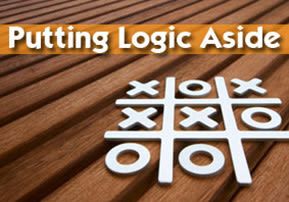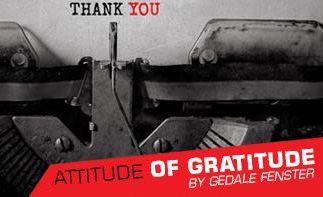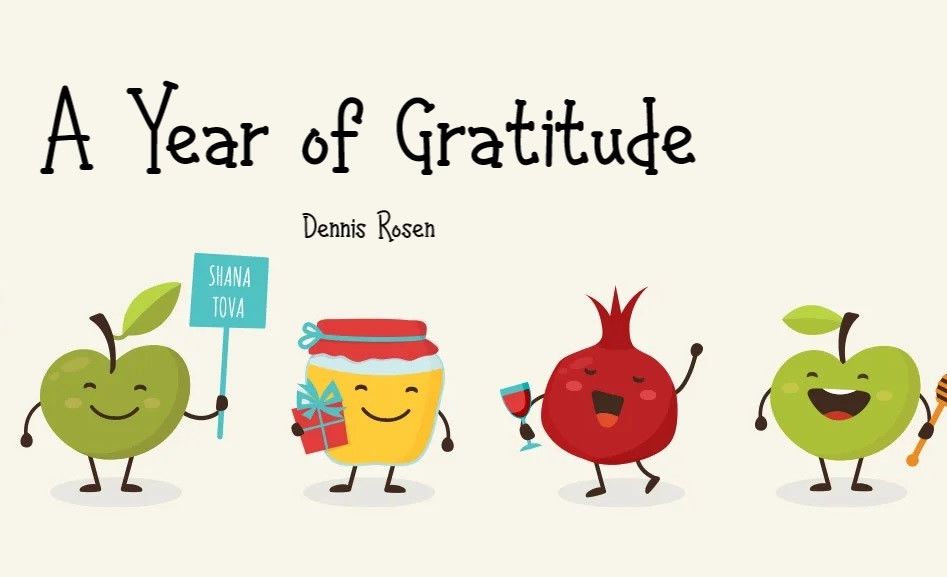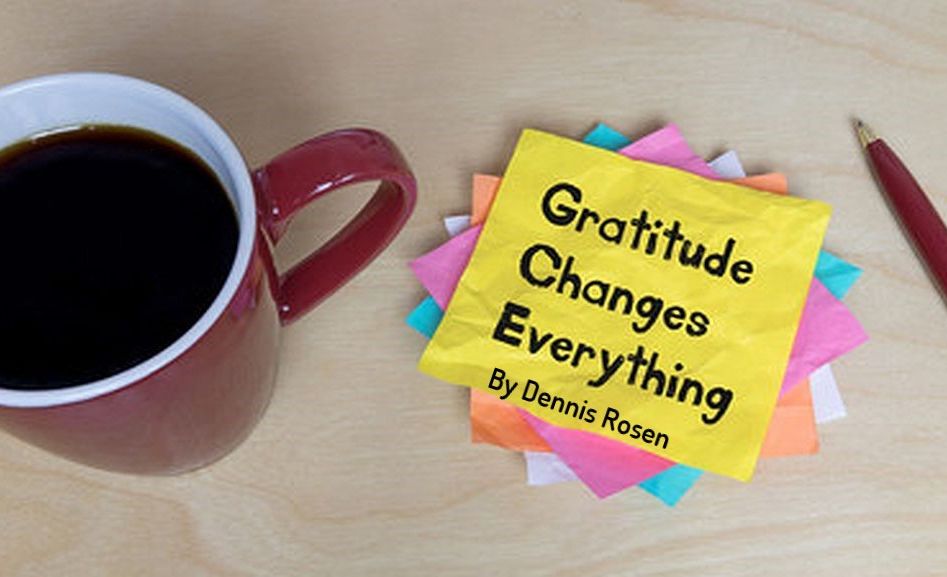
Putting Logic Aside
There’s an important law to remember under fire: when you’re in the middle of a super-stress situation, put logic aside. When your brain tells you there’s no hope, don’t listen!

No Such Thing as Bad, Part 2
Under Fire of Tribulations
There’s an important law to remember under fire: when you’re in the middle of a super-stress situation, put logic aside. Even though your brain tells you there’s no hope, don’t listen. Let emuna override your intellect. Why? There’s no possible way to prevent the fires of tribulations from totally overwhelming you without emuna. When the brain kicks out, emuna kicks in. The intellect says that the current predicament is a tragedy, but emuna thanks Hashem for it. The intellect says that there’s no hope, but emuna says that Hashem’s salvation is near. The intellect tells us that this is a worst-case scenario, but emuna tells us there’s no such thing as bad in the world. The intellect gives us a headache, butterflies in our stomach, and nervous twitches in our eyes, and emuna gives us a tune to sing and rhythm in our feet.
During times of stress, intellect and logic don’t deliver the goods. To paraphrase the tire dealers, emuna’s what you can depend on where the rubber hits the road.
Rebbe Nachman of Breslev explains (Likutei Moharan I:91) that there are several levels of emuna. For example, there’s emuna that’s localized in the heart. Many people have emuna in their hearts, but that’s not enough. A person should have such a deep-seeded emuna until it spreads to all his extremities. That’s the type of emuna that one needs under fire. For example, out patriarch Abraham was the pillar of emuna. The Numerical equivalent of “Abraham” is 248, which corresponds to the 248 parts of the body which in turn correspond to the 248 positive mitzvot of Torah. This alludes to the fact that Abraham internalized emuna in every one of his limbs. At the time of the “Akeida” – Abraham’s tenth and most difficult test of faith, when Hashem commanded him to sacrifice his son upon the altar – Abraham’s hand would not have been able to lift the slaughtering knife if it hadn’t had complete emuna in Hashem. So, we see that Abraham’s every limb and every joint had emuna.
Rebbe Nachman brings an example of the need to internalize emuna in our entire bodies from the holy writings of the Ariza’l, the father of Kabbalah. The Ariza’l writes in Gate 31, chapter 2 of “Eitz Chaim”, that when a person performs the ritual washing of the hands before eating bread, he should raise his hands to the level of his head in order to receive holiness. Rebbe Nachman elaborates on this principle and explains that in order to fulfill the Arizal’s directive, one must have emuna in his hands and believe that they receive holiness by raising them between washing and reciting the benediction. Without emuna in his hands, a person can’t do the mitzvah properly. By the way, the right hand should be slightly higher than the left, because the right side symbolizes compassion and the left side symbolizes judgment; this way, compassion overrides judgment.
That’s what King David was referring to when he said to Hashem in Psalm 119, “All Your mitzvot are emuna.” Since the 613 mitzvot correspond to the 613 parts of the body, and all the mitzvot are emuna, then we have to internalize emuna in every part of our body. Now comes the good news: Rebbe Nachman says that once we internalize emuna in our limbs, then emuna permeates the brain to. The more emuna permeates the brain, the greater our intellectual prowess and powers of discerning become.
When we first perform a mitzvah, we might not fully understand what we’re doing, but the more we believe in what we’re doing, the more we actually enhance understanding.
So, when we put our brains aside and rely on emuna, emuna actually enhances the brain. This is an important principle of Kabbalah, for the Ariza’l stresses that the epitome of knowledge is knowing that we know nothing at all. This in itself is a principle that Rebbe Nachman talks about in several places (Likutei Moharan I:24, II:7). In that respect, intellectual disciplines all tell us that there is bad in the world. Emuna tells us that Hashem does everything for the best, so in truth, there’s no bad in the world!
Let’s now see how this principle is applicable in the case of gratitude to Hashem. During the time of stress, trials, and tribulations, it’s difficult to thank Hashem because a person doesn’t understand how his current suffering is for his ultimate good. But we just said that when we first perform a mitzvah, we also don’t understand what we’re doing. We don’t realize that by putting on tefillin, our brains can better understand our Torah study or by wearing tzitzit, we remember all the other mitzvot of Torah. Yet, the more we believe in what we’re doing even though we don’t understand at first, in time, by doing the mitzvot with emuna, we actually come to understand the mitzvot, each person according to his particular spiritual level. In the case of trials, tribulations, and severe tests of faith – even though we don’t logically know what’s going on – we rely on emuna and begin thanking Hashem. Since we override logic and nature, Hashem sends us solutions and salvations that also override logic and nature, measure for measure. So, the more we rely on the emuna that everything is for the best and that there’s no bad in the world, the more we come to the intellectual realization that there everything is truly for the best and that there’s no bad in the world. Today’s emuna when deeply internalized becomes tomorrow’s heightened intellect. This one tiny bit of profound knowledge can revolutionize a person’s life for the better.












Tell us what you think!
Thank you for your comment!
It will be published after approval by the Editor.